
Plain Film Xray of Shoulder Radiography, Normal Stock Photo Image of healthmedical
In a normal X-ray, the humeral head (upper arm bone) should be well-aligned with the glenoid (shoulder socket). 2. Fractures and Dislocations. Radiologists examine the X-rays for any signs of fractures or dislocations. A normal X-ray should show no evidence of broken bones or joints that have shifted out of place. 3. Joint Spaces.
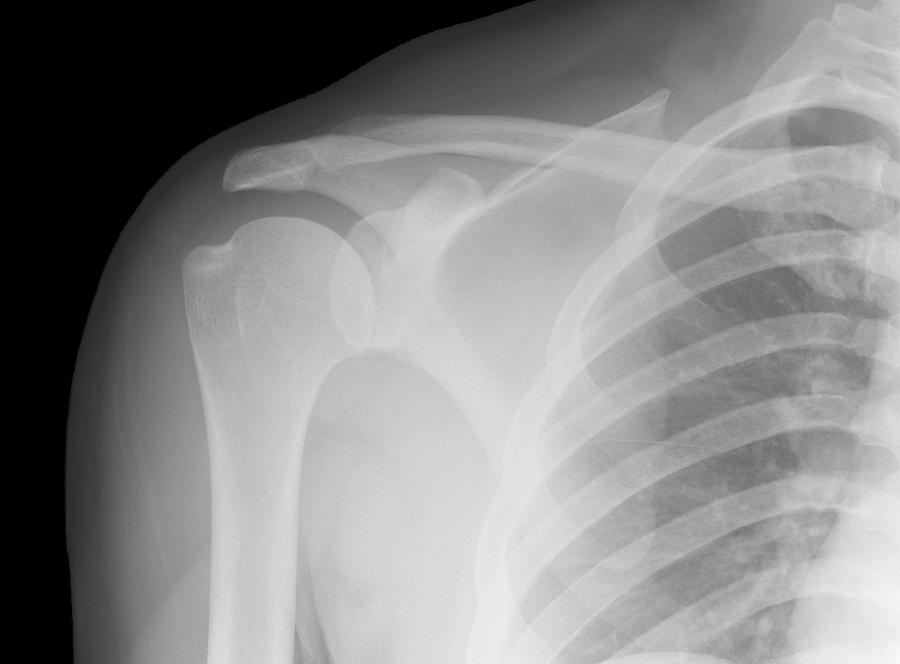
Normal Shoulder, Xray Photograph by Du Cane Medical Imaging Ltd
Fig. 3.1. Anteroposterior shoulder radiograph. While achieving anteroposterior shoulder X-ray in neutral position, the patient is erect or in supine position. Central X-ray should be directed to 2.5 cm inferior to the coracoid process. Anteroposterior shoulder view allows assessment of especially the humeral head lesions and clavicular fractures.

Normal shoulder, Xray Stock Image F003/9192 Science Photo Library
Murphy A, Normal shoulder radiographs. Case study, Radiopaedia.org (Accessed on 09 Jan 2024) https://doi.org/10.53347/rID-53052

real shoulder xray anatomy Diagram Quizlet
Citation, DOI, disclosures and article data. Normal radiographic measurements of the shoulder are important in the evaluation of the osseous relationships in plain radiography. Normal measurements do not rule out pathology and must be considered in the context of other findings and the clinical presentation. acromioclavicular (AC) joint space.
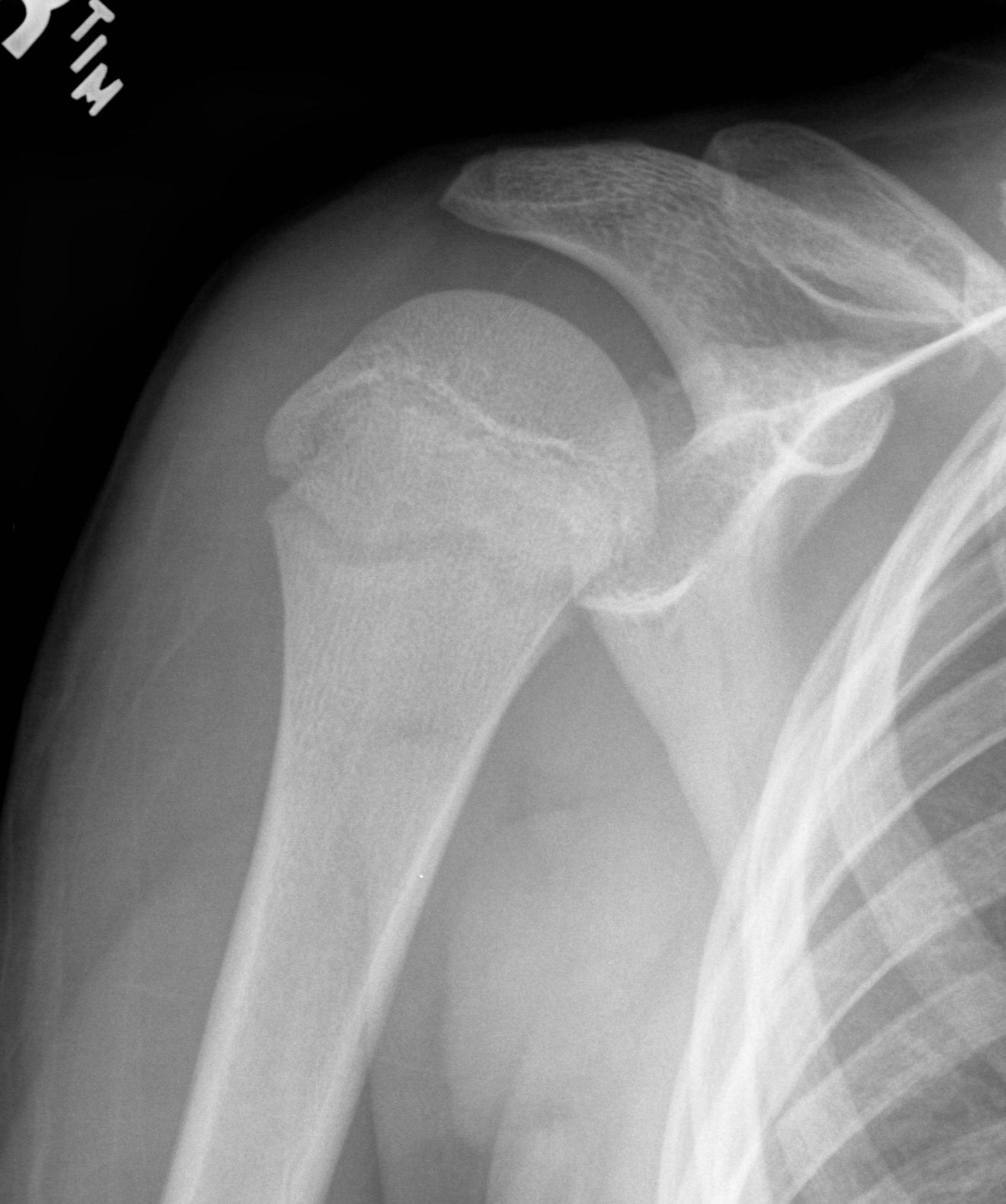
UCSD Musculoskeletal Radiology
Posterior shoulder dislocation. less than 5% of glenohumeral dislocations but often overlooked. common in adults following a seizure or in the elderly. humeral head forced posteriorly in internal rotation whilst arm is abducted. classically, the humeral head is rounded on AP - light bulb sign. associated with anteromedial fracture of humeral head.
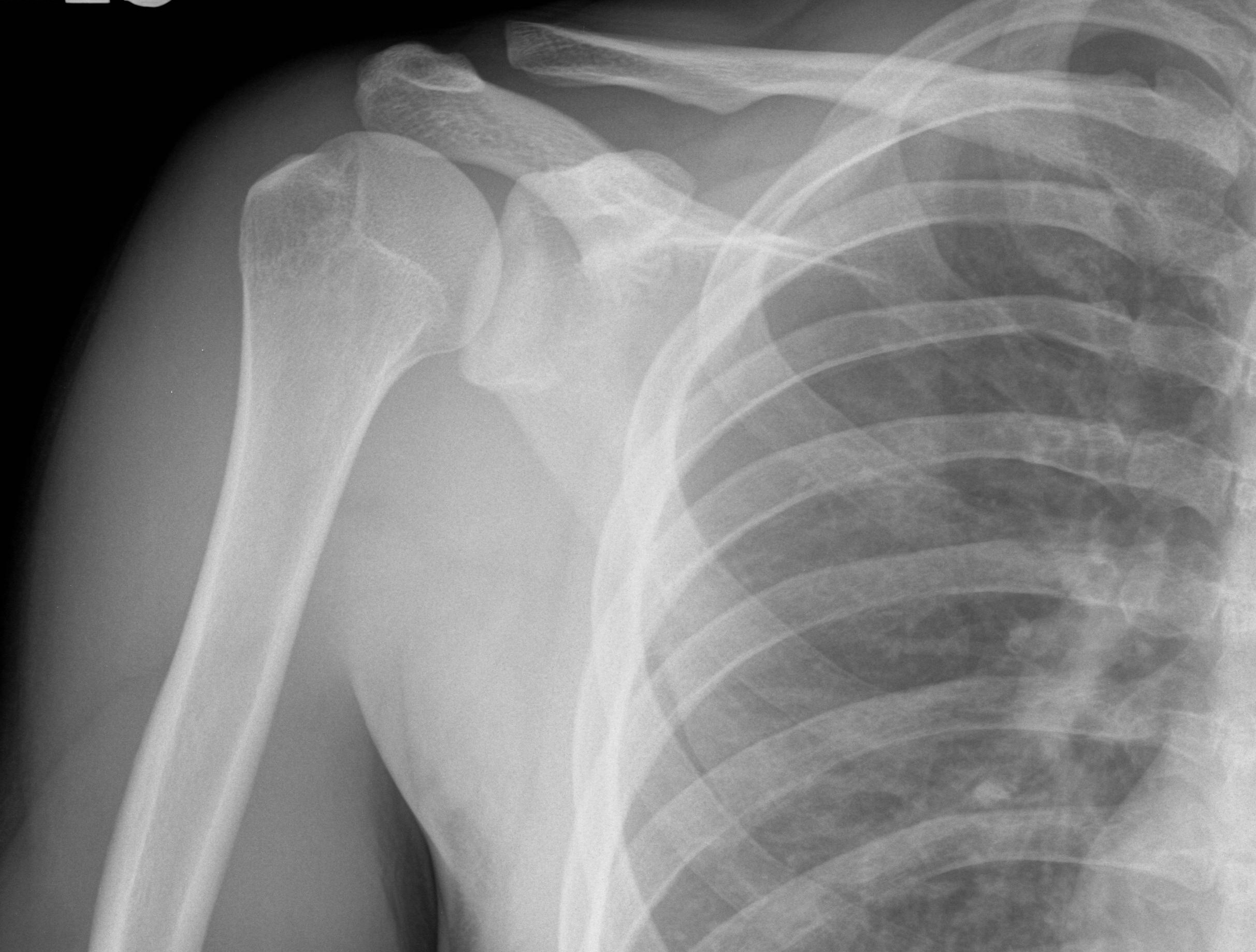
UCSD Musculoskeletal Radiology
Citation, DOI, disclosures and case data. Scroll or drag your finger down to reveal the radiographic anatomy for each shoulder view. The normal osseous anatomy is outlined.

Normal shoulder Image
Your shoulder joint can move in more directions than any other joint in your body. A normal shoulder X-ray will show the bones that make up this ball-and-socket joint: Humerus (upper arm bone). Scapula (shoulder blade), which connects to the humerus. Acromion (a piece of bone that projects off the scapula). Clavicle (collarbone), which connects.

Shoulder Xrays The Bone School
This projection is a true anterior-posterior (AP) view of the shoulder. The Grashey view involves angling the beam laterally or rotating the patient posteriorly(2). These adjustments remove the view of the overlap between the humerus and the glenoid. The removal allows better evaluation of joint congruity, humeral head subluxation, and the.

437.1 shoulder NorMal1 Normal shoulder Xray series Flickr
Gaillard F, Normal shoulder. Case study, Radiopaedia.org (Accessed on 12 Jan 2024) https://doi.org/10.53347/rID-7505
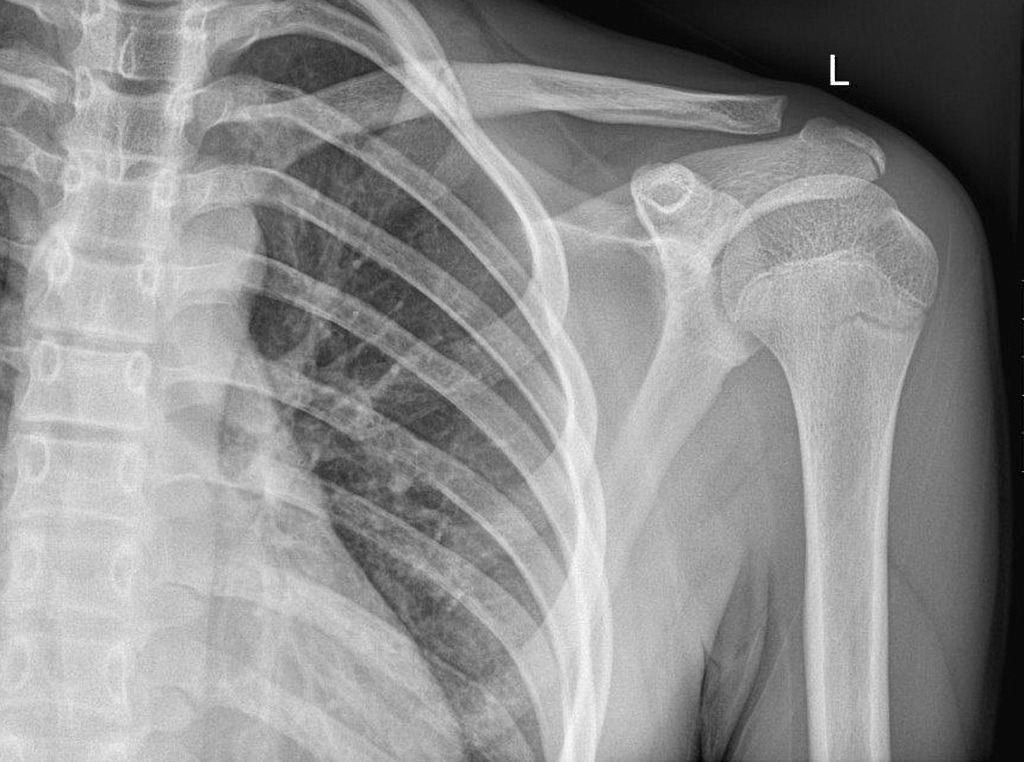
NORMAL SHOULDER 5
Look for disruption or a buckle in the cortex or any fracture fragments. They should all be smooth. The clavicle is a good bone to start with - it is by far the most common paediatric shoulder injury. Midshaft fractures account for 80% of clavicle fractures. Make sure there are no distal or medial fractures as they can often be subtle.
NORMAL CHILD SHOULDER
A normal shoulder x ray will demonstrate the bones of the shoulder to have expected normal appearance without breaks, bone lesions, or abnormal bone structure. The head of the humerus or upper arm will be positioned within the socket of the shoulder. The clavicle will be aligned with the acromion or upper edge of the shoulder blade (scapula).
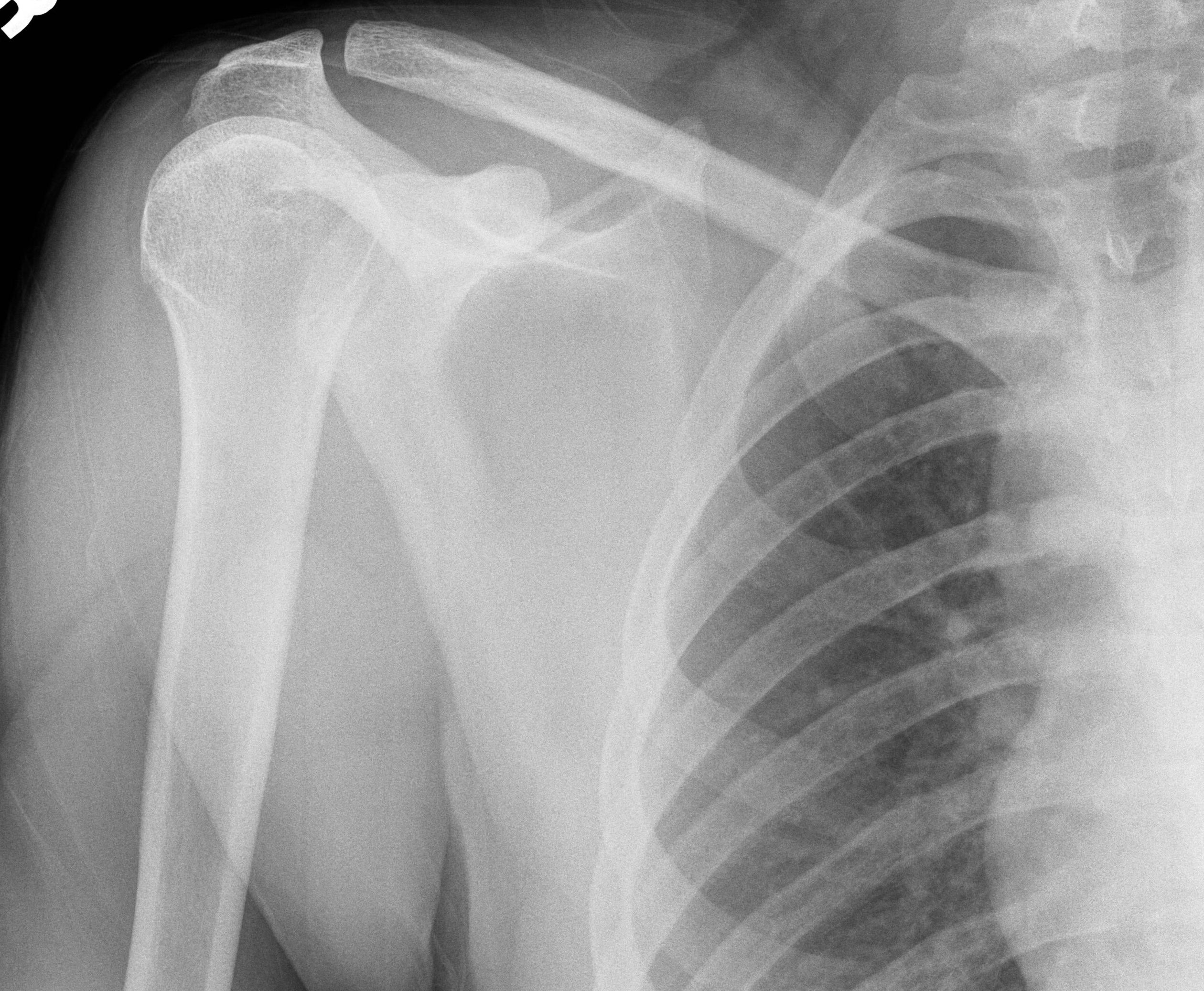
UCSD Musculoskeletal Radiology
The vast majority of people believe that shoulder X-rays are a good way to determine what's causing shoulder pain. Stress, among other things, can make your shoulder muscles quite cranky. Many doctors also say that an X-ray is a good way to investigate shoulder pain. They might find things like medial acromial and lateral clavicular sclerosis.

Shoulder AP Internal XRAY ubicaciondepersonas.cdmx.gob.mx
Shoulder radiographs are often the only imaging exam necessary for the evaluation of acute shoulder trauma, calcific tendonitis, arthritis, and osteolysis of distal clavicle (in athletes) [ 1 ]. Computed tomography — Computed tomography (CT) of the shoulder is usually reserved for evaluation of fracture/fracture-dislocation or for a.

Image
A video tutorial in interpreting radiographs of the shoulder joint and surrounding areas. This is the second video in a series of five by TeachMeAnatomy -- h.
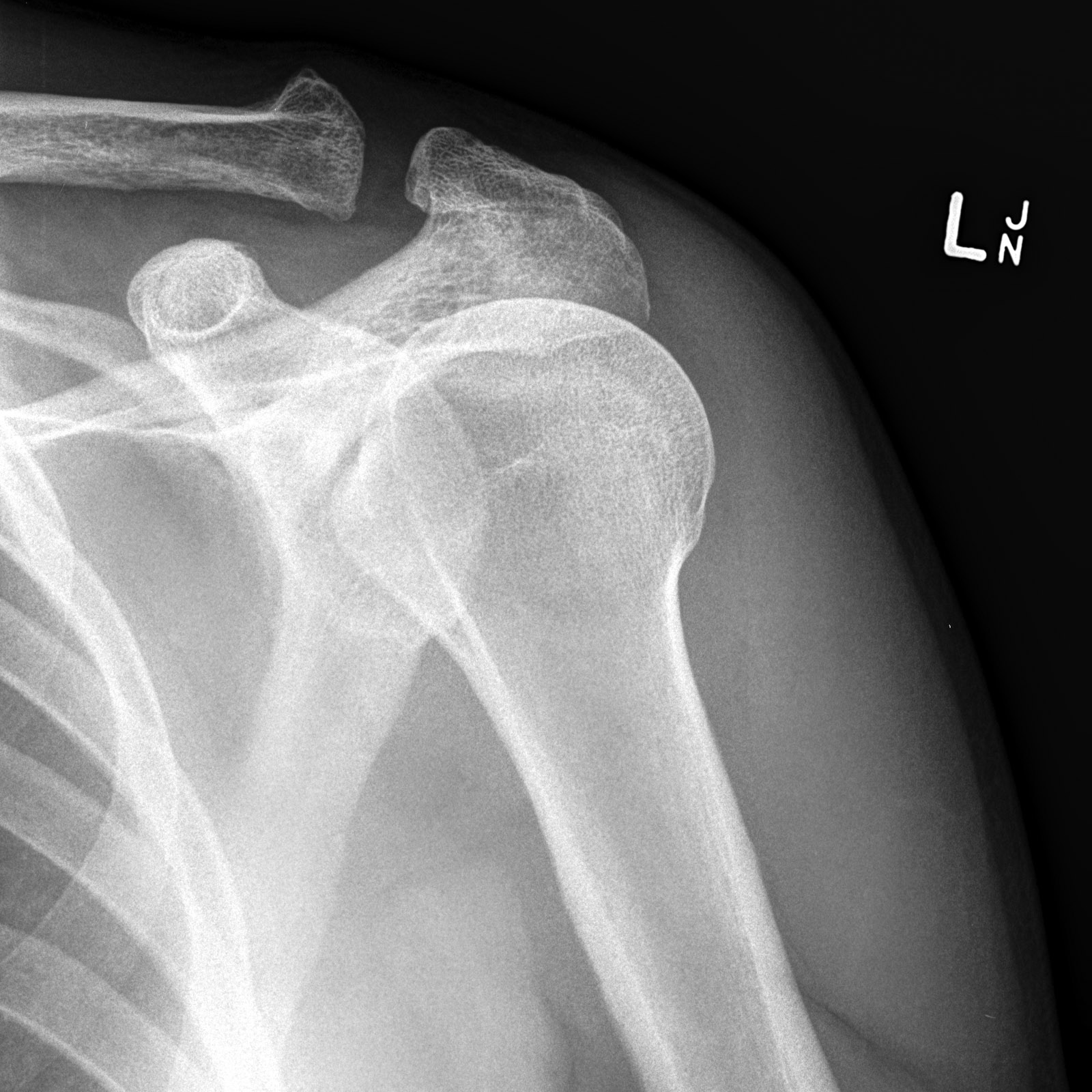
NORMAL SHOULDER 1
Case Discussion. Additional to joint alignment and fractures, shoulder radiographs should be assessed for rotator cuff calcification, as it can present with acute shoulder pain.

Shoulder Xray Interpretation Radiology Geeky Medics
Typical X-ray findings in posterior shoulder dislocation include: AP view: the glenohumeral joint will be widened and the humeral head will take on a classic "light bulb" appearance due to forced internal rotation of the humerus. Lateral view: the humeral head will lie posterior to the glenoid fossa. Figure 5.